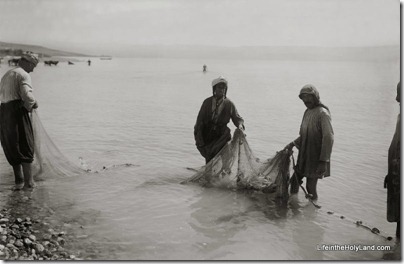One of the most exciting action stories in Scripture is the narrative of Paul’s voyage to Rome, interrupted by the shipwreck on the island of Malta (Acts 27). The vivid detail of these events is best explained by Luke’s presence on the journey and his writing of Acts shortly thereafter.
One of the details that Luke includes is the sailors’ fear that they would wreck on the “sandbars of Syrtis.”
When the men had hoisted [the lifeboat] aboard, they passed ropes under the ship itself to hold it together. Fearing that they would run aground on the sandbars of Syrtis, they lowered the sea anchor and let the ship be driven along (Acts 27:17).
What are the “sandbars of Syrtis”? Gordon Franz has delved into the ancient sources to learn that these were dangerous bodies of water off the coast of North Africa. He quotes Strabo:
The difficulty with both [the Greater] Syrtis and the Little Syrtis is that in many places their deep waters contain shallows, and the result is, at the ebb and the flow of the tides, that sailors sometimes fall into the shallows and stick there, and that the safe escape of a boat is rare. On this account sailors keep at a distance when voyaging along the coast, taking precautions not to be caught off their guard and driven by winds into these gulfs” (Geography 17:3:20; LCL 8: 197).
Franz concludes:
Why were the sailors afraid of the Syrtis Sands? The Syrtis is two bodies of water in the Mediterranean Sea off the coast of North Africa. Even with “good luck” (Procopius’ words), the sailors on the Alexandrian grain ship carrying the Apostle Paul and Dr. Luke were terrified because they knew they were doomed if they hit the Syrtis Sands. The grain ships were the largest ships plying the Mediterranean Sea at that time, with a deep draft, and they would easily have gotten grounded on a sandbar in the middle of no-where and many miles from any shoreline! The old sailor’s axiom would hold true: “Water, water everywhere, but not a drop to drink!” They would have had plenty of grain to eat on the ship, but not a drop of water to go with it. They were afraid of a slow and painful death by dehydration.
Read the whole article for all the fascinating details.

